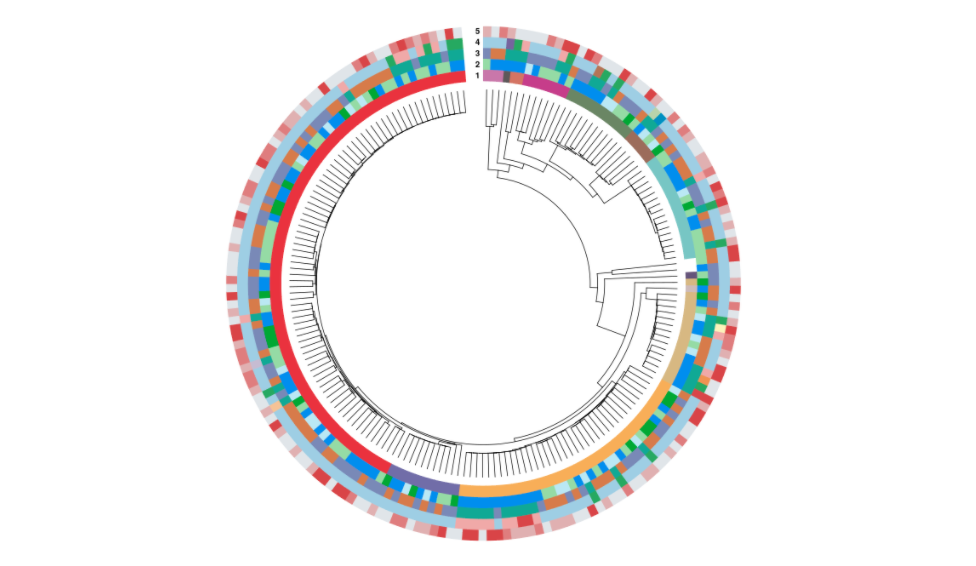
A new study by the Multi-Drug-Resistant Organism Network of the Antibacterial Resistance Leadership Group (ARLG) has found that strains of carbapenem-resistant enterobacterales (CRE), a major threat to vulnerable patient populations, are more diverse than previously thought. The MDRO Network is led by UNC Infectious Diseases investigator David van Duin, MD, PhD. Analyzing patient samples from 49 U.S. hospitals, the researchers identified three subsets of CRE, suggesting that interventions to control the spread of the bacteria should be tailored to the specific strain.
Enterobacterales are a class of bacteria that cause common diseases including E.coli. Some enterobacterales have grown resistant to carbapenems, a class of broad-spectrum antibiotics. The Centers for Disease Control has identified CRE as one of the nation’s top five most urgent antibiotic resistance threats.

“This study was made possible by an incredible team effort, supported by the National Institutes of Health,” says van Duin, MD, PhD, who leads UNC’s infectious diseases work on antimicrobial resistance. “Thanks to numerous collaborators, we have been able to provide a detailed description of CRE in the United States, including the genetics of the bacteria, as well as the characteristics of the patients and their outcomes. Our results confirm that patients in the U.S. with CRE have poor outcomes, including high mortality and readmission rates.”
“We identified three subsets of CRE,” says Courtney Luterbach, PhD, MS, a postdoctoral research associate with the UNC Institute of Global Health & Infectious Diseases and a co-author of the study published in March 2020 in Lancet Infectious Diseases. “Clinical outcomes in patients infected with any of these three CRE subsets were similar, unexpectedly, with high mortality and readmission rates seen in all groups. Our results suggest that interventions should account for high CRE diversity.”
